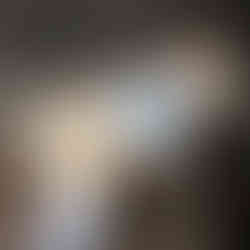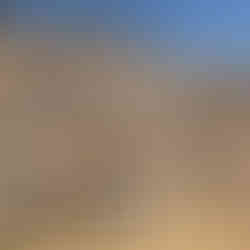Cultural Cusco
- The Dixons

- Aug 13, 2019
- 3 min read
We take a tour of the city and surrounding areas. We head out of the city to visit Sacsayhuaman, an Incan fortress, again demonstrating the incredible way the stones fit together, with no mortar; they fit so well, you would have thought the Incas had used the Tardis to go ahead in time and borrow an electric metal saw to do the job. But they only had bronze tools (not iron) to shape the stones. We move on to Qenqo, a site where sacrifices were made to appease the Gods. We go underground into a chamber where the Incas had shaped it to look like a llama's head; it was llamas that they sacrificed here. After that, a short journey to Puca Pucara, that is one of a number of stopping points for travellers on the Inca Trail. These resting places were every 25kms along this famous highway of old. Then we go to Tambomachay, the worship centre of water. The construction of the temple is typical Inca, with the interwoven sharp lined fitted stones and, amazingly, the water channels are still operating after some 650 years.
Then it's off to the city, where we visit Santa Domingo church, that was built on the foundations of the Inca temple, Qorikancha. The Spanish built the church around the temple, so there is a mix between the two. However, all we see are the bare stone remains of the temple, as the Spanish stripped the temple of all its gold cladding! Must have once been an amazing sight. Finally, we see the magnificent Basilica Cathedral, overlooking the main square of the city. This is pure Spanish Catholicism. The building was built on top of an Incan temple, Kiswarkancha, but there is no evidence of this now, as the Spanish wanted to eradicate the local religion. They used local labour to build the cathedral and even local artists to paint many of the pictures that hang inside this structure. What is interesting is that the locals, whilst 'converting' to christianity mainly to avoid being punished by the Spanish, still held onto their beliefs and, in the paintings we saw, the artists included many hidden references to Inca culture as a protest.
We then headed off for lunch and came across a restaurant that did tapas, called Casa Qorikancha. It was empty when we arrived and, as we were not that hungry, ordered some tapas that came with a glass of red wine each. The tapas was fantastic, especially the trout cerviche, which is a popular dish in Peru. There was a photographer in the restaurant as the owner, Victor, was updating his website / Facebook pages. So, we were photographed, all romantic, chinking our red wine glasses! Whether we make the website or end up on the cutting room floor, we'll find out later!
The next day, we have to ourselves, so wander up the hill (it's very hilly in Cusco) to Plaza San Blas, where there were many tiny allyways with many places selling paintings and other works of art. We have a beer in a little cafe that had a small courtyard with the sun tumbling through; it was so peaceful that we had trouble getting up to go back to our hotel for lunch. Then we get ready for our train journey tomorrow to Lake Titicaca.











Comments